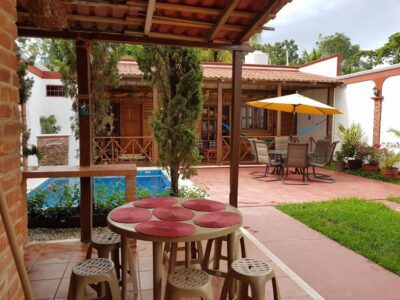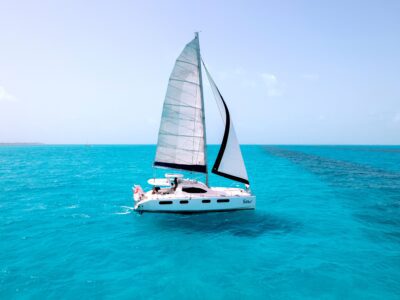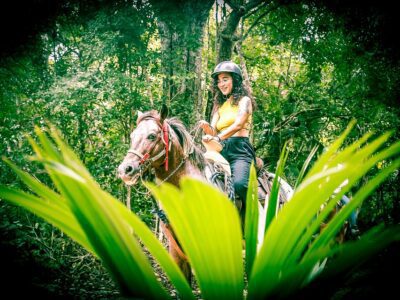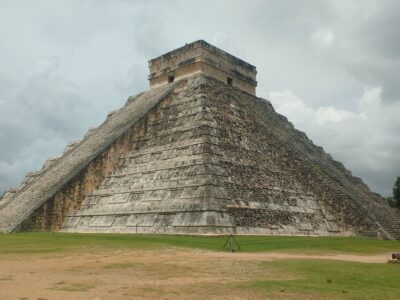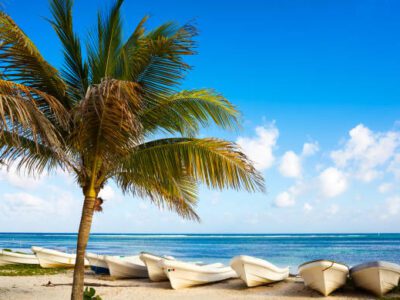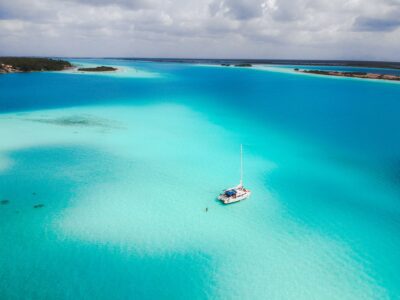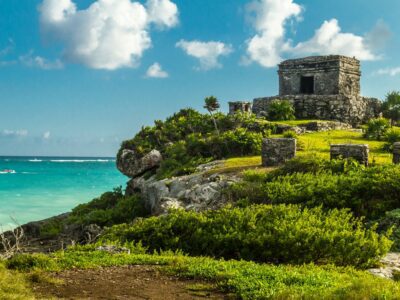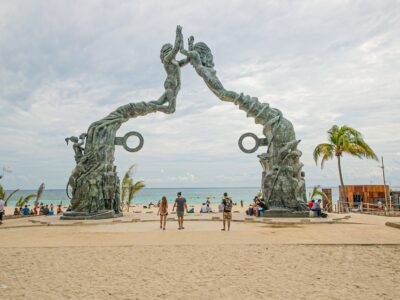Baltimore Oriole
Time to enjoy more tidbits about birds that may surprise you as they did me. Images were photographed in the Yucatan, Costa Rica, Africa, and USA.
GAPING?
Birds appear to open their bills easily. But only certain species, such as Red-winged Blackbirds use strong muscles to pry open dirt, grasses, plant parts, or turn over rocks to search for food. Even their eyes can adjust to look between their open bill of the hole they just created to search for prey. Plus Baltimore Orioles can reach their diet of insects, fruit, and nectar in a similar manner.
SPEAKING OF THE BALTIMORE ORIOLE, HOW DID IT GET ITS NAME?
England born, George Calvert, served like a secretary of state to King James 1. Although he never traveled to Maryland, he petitioned the king for a land grant north of the Potomac River in the United States which included Maryland. In 1625 he received the title, Baron of Baltimore. Unfortunately that charter of Maryland and the title of Lord Baltimore was granted two months after his death in April, 1632 to his oldest son to plan the Maryland colony. By the way, a man with the title of “Baron” is addressed as “Lord,” according to some references.
Many references state the Calvert family Coat of Arms is orange and black (looks yellow to me), but presumably those colors inspired the Baltimore Oriole’s name and it is the state bird of Maryland. Also, other references state the color originated from the Calvert Family Crest. Usually a coat of arms includes a cape, shield, helmet and crest. Technically the crest lies on top of the helmet. Ah ha! The flags on the crest above the helmet are orange and black! To add more confusion, the maternal side of the Calverts, the Crosslands, added red and white crosses to the coat of arms as a joke.
Originally the name “Baltimore” came from the Normans who conquered England in 1066. It translates to “a person who takes care of cattle.” Hmmm, I never heard of Baltimore cattle.
WHY DOES THE EURASIAN HOOPOE HAVE A SMELLY REPUTATION?
This species has one of my favorite scientific names, Upupa epops, which I learned when I worked as a Zookeeper at the North Carolina Zoological Park. I’d seen them several times in Africa, but never photographed one until another visit there in 2023.
With a name of Eurasian, it certainly fits the “EU” for the first syllable and pronounced as “who poo” with emphasis on poo. How did this bird receive the stinky reputation? Some people suggest the smell arises from the nest, but the nest is lined with moss, pine needles, or other vegetation. Plus the female removes the chicks droppings so the nest is not the reason. Others theorize it searches for grubs in dung (obviously dung ho), but that is not the smelly source either.
A nesting female and her chicks release a fluid that smells like rotten meat against predators. If the female is away, all the chicks cock up their tails up and powerfully eject reeking poop as far as 20 inches.
That chemical made from their bodies is the origin of the smell.
WHY HAS THIS GOLDEN-NAPED WOODPECKER SPREAD ITS WINGS ON THIS TREE ON AN OVERCAST DAY?
Anting. I mentioned overcast to imply the bird was not sunning.
Typically I will see a bird place its body on the ground over an ant hill with their wings spread out or lying on one side. Depending on the size of the bird, their tail moves side to side. I may see one grab an ant and squeeze it.The birds are after the formic acid that some ants produce. It seems they prefer to choose ants from the subfamily FORMICINAE more than other ant families. Not all ants produce formic acid.
Perhaps anting serves as an insecticide or fungicide, helps with feather grooming, or it may decrease skin irritation during molting. Maybe it just feels good. Or maybe they’re just removing the formic acid before they eat the ants. Here is another theory. Birds may be after the Vitamin D found in the ant acid! (Not the same as antacid.)
But wait, there’s many more. Some species seem to ant with a millipede. And others, like the referenced woodpecker, may encounter ants in a tree. I’ll stop with all the theories.
This is another puzzlement in why birds do what they do.
DO WE REALLY KNOW HOW TURKEY VULTURES AND BLACK VULTURES LOCATE CARRION? IT’S NOT WHAT WE THOUGHT.
For decades I have read that the Turkey Vulture uses a sense of smell and sight to find decaying meat while the Black Vulture relies on sight to locate dead creatures. And it’s often written where the Black Vulture will follow the Turkey Vulture to chase it away from carrion once it finds food.
Hold onto your feathered cap! In a recent study in an urban setting, Black Vultures were able to detect carrion inside black plastic bags with their sense of smell 80% of the time! Scientists hypothesize olfaction is probably the most relevant sense when Black Vultures search in urban areas where food is left in plastic bags and in piles of unsorted waste.
CAN DEAD FLAMINGOS STAND UP?
Again this is not a “straightforward” answer, especially with a bent leg.
Separate studies of flamingos showed how they can stand on one leg with less effort and without any muscle activity easier than the efforts to stand on two legs. It appears leg ligaments and tendons can be locked into position to reduce muscle movement. Another study used two dead flamingos to lock one leg in that position. Each dead flamingo could stand! In another study flamingos swayed less on one leg than two.
However, other theories indicate standing on one leg helps with heat regulation whether flamingos or other avian species. These theories have continued for decades.
By the way I often read where the Black-necked Stilt has the longest leg to body ratio, but others report the flamingo holds that honor, literally! I stand with the flamingo! Don’t believe everything in the Guinness Book of World Records.
BUSHELS OF ACORNS WITH A BUSHEL OF ACORN WOODPECKERS
Acorn Woodpecker extended families of a dozen or more store their acorns in granary trees or other items that can hold acorns. They use their beaks to create a custom hole for each acorn unless they find another “container” such as bark, metal fencing, house siding, or even a wooden water tank. One tank held 485 pounds of acorns for their winter food supply. More than 50,000 holes have been found in one granary tree.
PHOTO 13 Granary storage of acorns by Acorn Woodpeckers
Because the acorns dry and then shrink, woodpeckers have to maintain them by turning or moving them to another hole.That requires time-consuming efforts. No wonder they live in large families!
Although acorns are their main diet, they can also feed on tree sap, tree flowers, fruit, and insects. The whole group will rally to defend against acorn thieves.And a “bushel” refers to a group of Acorn Woodpeckers! (I think they would actually drill holes into that wooden basket.)
HOW DOES A BROWN PELICAN PLUNGE DIVE WITHOUT GETTING HURT? IT USES A SPLIT-S AIR COMBAT MANEUVER
When a combat pilot flies in normal upright position and sees a target directly below, he/she enters a 180 degree inverted dive. That dive is a quick way to stop forward air speed and then convert it to going downward. Also that action allows the pilot to maintain visual contact with a moving target.
Similarly, the Brown Pelican begins the same way, spots its prey in water, starts the dive and gives an 180 degree body rotation counterclockwise. The wing position also loses any lift. That rotation to the left before impact may help avoid injury to the esophagus and windpipe, located on the right side of the bird’s neck. Plus the pelican seems to learn that a steep dive angle between 60 and 90° works better. Also it appears to help target the prey due to water surface refraction. Adult pelicans are better with this learned behavior than the young birds.
Other adaptations to protect the Brown Pelican include a resilient skull and cushion-like air sacs beneath the breast skin and around the neck. The wings shoot back to protect the lightweight bones. At the same time muscles powerfully tense around the spine for neck protection. Even the sword-like bill shape reduces drag. When the pouch opens underwater, it acts like a parachute to slow down the bird.
NATURE HAS MANY ADAPTATIONS THAT WE DON’T OFTEN RECOGNIZE UNTIL THEY ARE EXPLAINED.
SPECIES LIST:
Red-winged Blackbird, Agelaius phoeniceus, Tordo Sargento (Spanish), Chuleeb (Mayan)
Baltimore Oriole, Icterus galbula, Calandria de Baltimore (Spanish), Yuya, Yuyum (Mayan)
Eurasian Hoopoe, Upupa epops
Golden-naped Woodpecker, Melanerpes chrysauchen
Turkey Vulture, Cathartes aura, Zopilote Aura(Spanish), Chak pool ch’oom (Mayan)
Black Vulture, Coragyps atratus, Zopilote Común (Spanish), Boox pool ch’oom (Mayan)
American Flamingo, Phoenicopterus ruber, Flamenco Americano (Spanish), Mekoh (Mayan)
Black-necked Stilt, Himantous mexicanus, Monjita Americana (Spanish), Ook che’e (Mayan)
Acorn Woodpecker, Melanerpes formicivorus, Carpintero Bellotero (Spanish),
Brown Pelican, Pelicanus occidentalis, Pelícano Café (Spanish), P’onto’ (Mayan)
DISCLAIMER: Some references may not agree or I may not have found the most recent name changes. Plus autocorrect doesn’t like scientific names or language translations.
Sal a Pajarear Yucatán (Guía de aves), Yucatan Peninsula Bird List/Listado de Aves de la Península de Yucatán
https://birdsoftheworld.org/bow/home
https://www.audubon.org/news/how-brown-pelicans-dive-after-fish-without-breaking-their-necks
https://www.grammarly.com/blog/split-infinitives
https://www.audubon.org/news/do-diving-birds-have-breaking-point
https://digitalcommons.odu.edu/biology_etds/83
https://www.birds.com/blog/anting-behavior-in-birds
https://web.stanford.edu/group/stanfordbirds/text/essays/Anting.html
https://link.springer.com/article/10.1134/S2079086415040076
Morozov, N.S. Why do birds practice anting?. Biol Bull Rev 5, 353–365 (2015).
https://doi.org/10.1134/S2079086415040076
https://www.heraldryandcrests.com/blogs/news/what-the-symbols-on-coats-of-arms-family-crests-and-seals-mean#:~:text=The%20coat%20of%20arms%20generally,of%20arms%20is%20too%20detailed.https://www.allaboutbirds.org/guide/Baltimore_Oriole/overview#
https://www.houseofnames.com/baltimore-family-crest
https://centerofthewest.org/2020/08/31/vultures-fallacies-and-truths
https://www.tandfonline.com/doi/full/10.1080/03949370.2022.2062617
https://www.sciencefocus.com/news/why-do-flamingos-stand-on-one-leg
https://www.newscientist.com/question/flamingos-stand-one-leg
https://www.discovery.com/nature/Reason-Flamingos-Stand-One-Leg
https://www.birdnote.org/listen/shows/why-birds-stand-one-leg
https://www.livingwithbirds.com/tweetapedia/21-facts-on-hoopoe#
https://www.discoverwildlife.com/animal-facts/birds/hoopoe-facts
https://search.macaulaylibrary.org/catalog?taxonCode=eurhoo3&mediaType=audio
https://www.wikidata.org/wiki/Q47462059
Cherie Pittillo, “nature inspired,” photographer and author, explores nature everywhere she goes. She’s identified 56 bird species in her Merida, Yucatan backyard view. Her monthly column features anecdotes about birding in Merida, Yucatan and also wildlife beyond the Yucatan.
Contact: all4birdies@gmail.com All rights reserved, ©Cherie Pittillo
The post BACKYARD BIRDING IN MERIDA, YUCATAN AND BEYOND – ODDS AND ENDS, PART 2 of 2 first appeared on The Yucatan Times.



